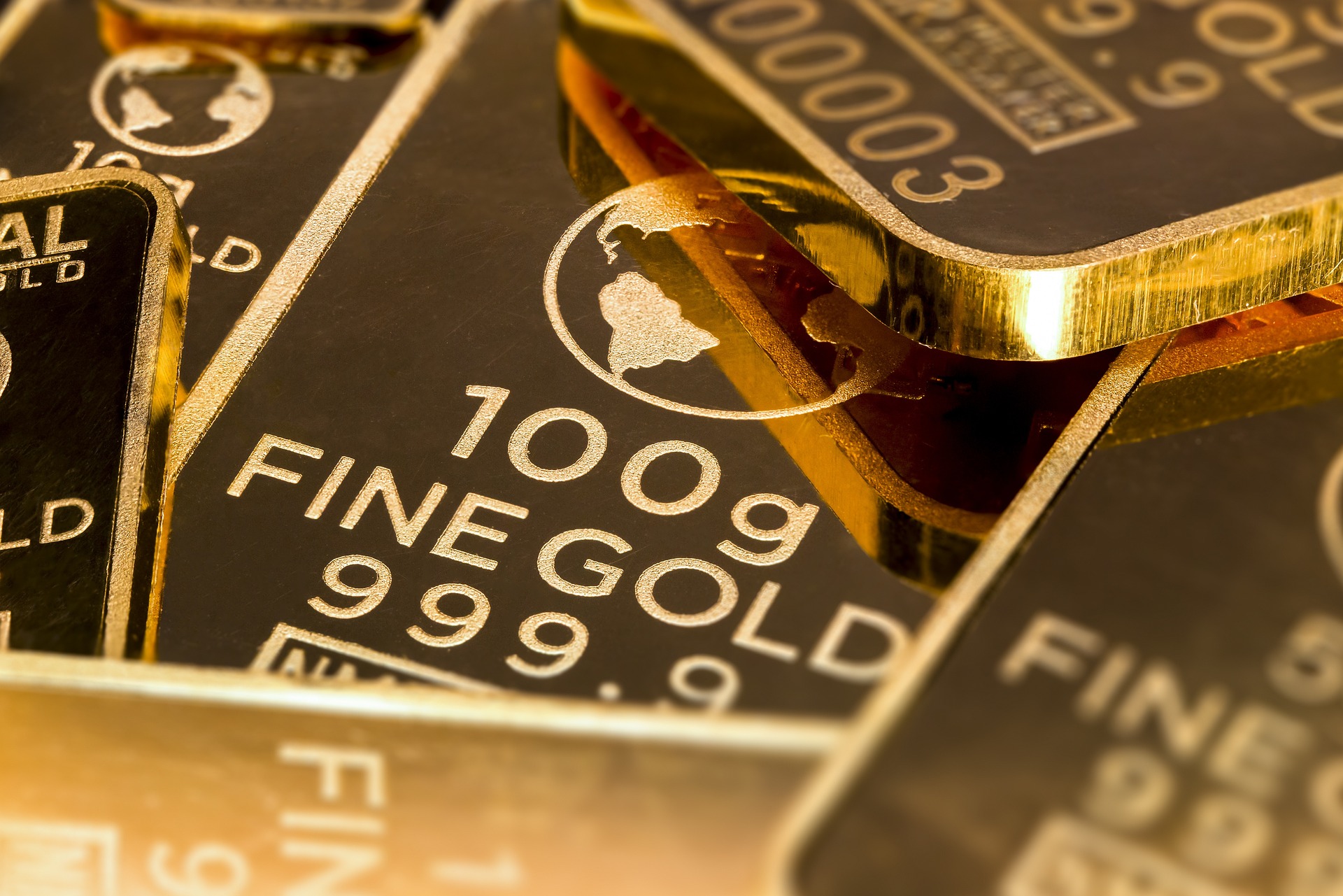Gold prices are reaching record highs above $2,000, indicating that investors are flocking to safe-haven assets amid concerns of a global economic recession. The precious metal has long been considered a safe investment option, along with US dollars and government bonds. However, gold’s value is also subject to fluctuations, with currency, bonds, and gold all competing for the title of the preferred safe-haven investment.
Several factors are contributing to the recent surge in gold prices. One of the major drivers is the concern among investors that the economy could enter a recession, which is increasing the likelihood of a slowdown in rate hikes and stoking the desire for gold as a safe haven.
The decline in Treasury yields since March is also making the metal more attractive, with lower yields leading to higher demand for gold. Additionally, inflationary worries stemming from higher oil prices and concerns about the global banking industry are fueling investor appetite for gold.
Experts are recommending that investors should position themselves in defensive companies with low debt that have strong relative growth prospects and pricing power. Defensive stocks are less tied to economic cycles than cyclical equities, and investors often buy defensive plays because they believe a recession is coming to protect the value of their portfolios.
While there are several ways for investors to put their money into gold, including owning physical gold, physically backed gold exchange-traded funds, and gold futures and options, investors should also be aware of the drawbacks. Gold has underperformed stocks over the long term, and timing the market can be risky.
Despite the uncertainty in the market, many experts believe that investors should continue to invest consistently in a low-fee, diversified equity index fund, regardless of whether the market is up, down, or sideways.
